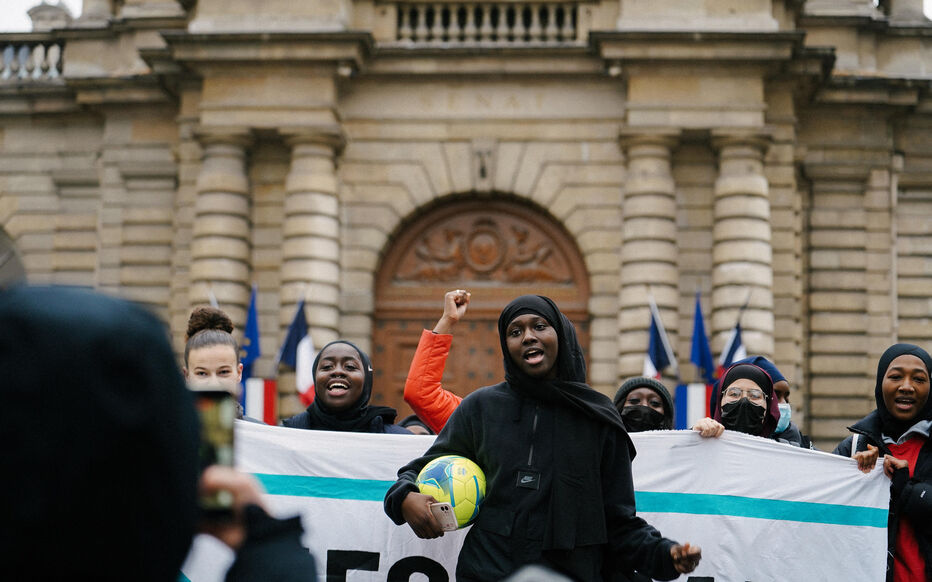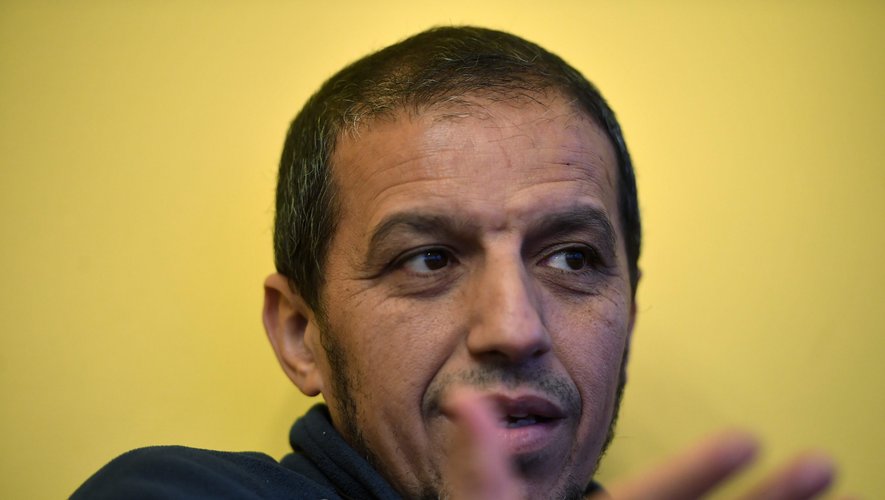January 28, 2014
The number of anti-Muslim acts committed in 2013 and recorded by the National Observatory Against Islamophobia has been published on Sunday, January 26. Last year, 226 anti-Muslim acts (164 threats and 62 actions) were registered with the police. This represents an increase of 11,3% from 2012, though a smaller increase from precedent years (+ 34% in 2011 and +28.2% in 2012).
Amongst such acts on the rise, officials at the Observatory are concerned with an increasing aggression against veiled women. According to the President of the Observatory, Abdallah Zakri, ‘this confirms the unsound climate existing in our country, which is favored by certain declarations made by politicians.’
The Observatory obtains its numbers from complaints filed to the authorities, which they get news of from sources on the ground, such as regional representatives of the Conseil Francais du Culte Musulman (CFCM), mosque leaders and the police. Mr. Zakri then compares their numbers with those obtained by the Ministry of Interior, and claims the findings are always very close. According to him, however, the numbers are always below the reality, as at least 20% of people are not pressing charges. Such an analysis is confirmed by the sociologist Marwan Mohammed who devoted a chapter of his book, Islamophoba: How the French Elite Fabricate the Muslim Problem, to measuring Islamophobia: Relying on the charges pressed by people to measure Islamophobia is a relatively fragile form of data.. We don’t have a viable study on the police reaction towards plaintiffs. Moreover, the complaint can sometimes be rebranded, for example as incitation to racial hatred.’
The findings of the Observatory are much inferior to those of the Collectif Contre l’Islamophobie en France (CCIF) who chooses to record acts on the basis of citizen declarations or media findings. In 2012, the CCIF had identified a total of 469 Islamophobic acts, more than twice the amount of the Observatory’s numbers, which had a total of 201 that year.
These differences reflect the political divisions between the CCIF and the Observatory. The Observatory emerged from the Conseil Francais du Culte Musulman (CFCM) and was created a few months after a convention was signed between the then-Ministry of Interior, Brice Hortefeux, and the CFCM, ‘to keep better track of’ Islamophobic acts.
Although The Observatory eventually broke away to create its own organization, its’ proximity to the government is regularly denounced by the CCIF. The CCIF, which from the start was closer the Union des Organisations Islamiques de France (UOIF), willingly adopts a more polemical tone.
The numbers of the Observatory remain then more consistent with the numbers recorded by the Ministry of Interior. Researcher Marwan Mohammad suggests that Islamophobia is measurable so long as data is cross-checked. As for him, he relies on the number of complaints, the CCIF’s data, and on official sociological studies that regularly point to an increase in anti-Muslim sentiment.






